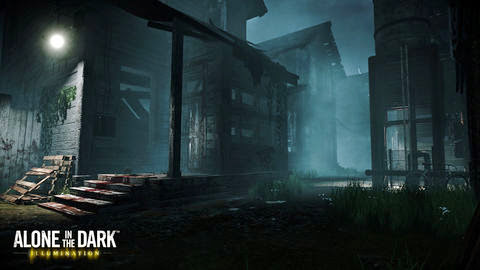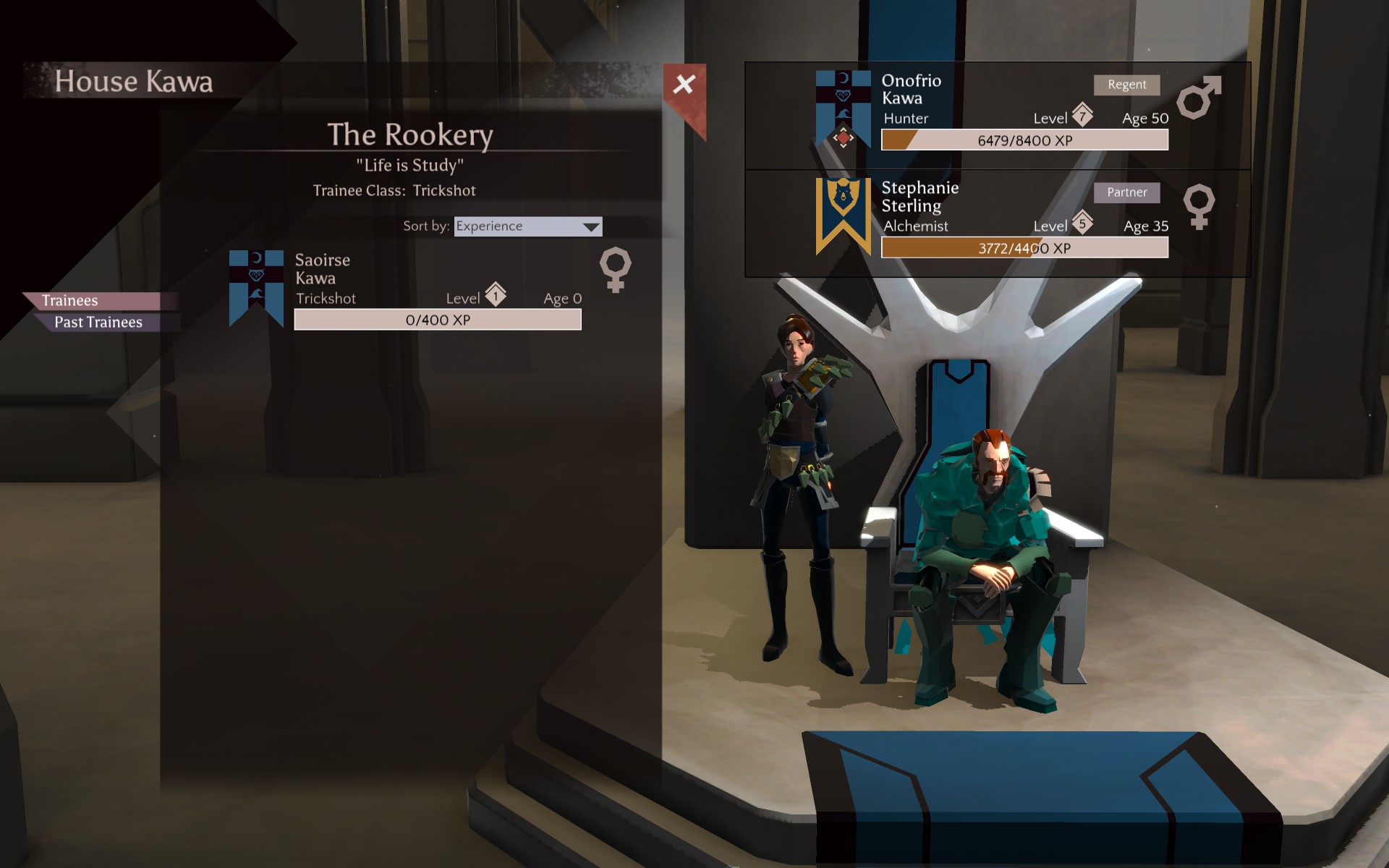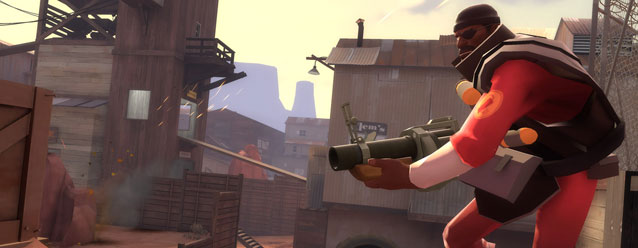

Shinji Mikami, creator and producer of the Resident Evil saga, both in its original episode as its "rebirth" as was Resident Evil 4, recognized not too long ago that Alone in the Dark was the game that gave him the idea to create his very famous zombies game. Unfortunately, the saga created by Frédérick Raynal has not had the same success, and Atari, which owns the brand, has not passed its prime. In fact, the series was devised by Infogrames, later it changed its name to Atari to fail in 2009, and this new Atari is a completely different company that has "inherited" its brands.
Recently, this new company announced that it would pick up two of its most iconic horror sagas: the aforementioned Alone in the Dark and Haunted House. The last was launched last November, and unless much improved post-launch, we assure you it is an experience to be avoided. Now we had a chance to play the beta version of first Alone in the Dark: Illumination, and as a big fan of the horror genre, afraid to receive the same treatment.
Identity Crisis
Alone in the Dark: Illumination is defined as "a new and terrifying survival horror experience", something that we are not fully agree in this first contact with the game we felt that is very focused on action, but. still will not let terror ago, living a kind of identity crisis.
The basic experience is to achieve a number of points to advance. These can be a door open, a battery that returning the generator shift or a lever to activate, to give some examples. To get reach them we have to go looking for the light or switches that turn on, because our enemies are practically invulnerable in the dark. The scenarios also are more or less open, and we can choose different routes to reach our goal.
The problem, of course exponent of survival horror is that there are usually many enemies, a reasonable amount of ammunition and are fairly weak, making it virtually the antithesis of the genre. Moreover, as we are much faster than the enemy and the goal is usually to reach a specific point without defeat, so the easiest option to advance is the most logical: running. This makes Alone in the Dark: Illumination in a degree closer to being an arcade action in a horror game, but the fact is that fails to be neither one thing nor the other.

Clear inspirations on which to build
As we say, Alone in the Dark: Illumination not very clear where it goes, but who knows where it comes from. The two clearest inspirations in which it rests are Resident Evil 4 and Alan Wake; the first takes the gameplay based third-person action with camera in hand, and at least some other scenario we have seen (eg, the village where we started); the second takes the importance of light, always run to everything and watch it shine salvation and its dark picture which contrasts with the aforementioned light bulbs.
The problem, again, is that the mechanical remain unfinished. Those of Resident Evil 4 are lost too many enemies and too many shots, and those of Alan Wake that light is a help, but not "safe" because we can attack even under a very powerful focus. Such amount of enemies just by turning the flight into the best option, and we ended up walking a horde of enemies around the stage until cornered us.
The day to day Lorwich
Alone in the Dark: Illumination occurs in the ghost town of Lorwich, Virginia, where "life" ended when a flood devastated the local mines and forced the evacuation of the city. We move it to fight the Dark, a strange force that seems to keep the city under its claws. This takes the form of humanoid, more or less monstrous creatures, which tend not to be too strong, but numerous.
To achieve defeat we must attract them to a light source or illuminate our flashlight, although this is not as effective. Playing as the hunter which is a descendant of Edward Carnby, star of the first delivery, the only one of the four classes that have been proven, we have four types of weapons, but this beta we could only try two: a machine gun flamethrower and a pair of pistols that used to Lara Croft. The enemies are committed to melee, although other launch us a kind of acid from distance, others will try with punches on the ground. Others are more kamikazes and blow themselves up in front of us, causing us more harm. Obviously, gradually we will learn and we get used to their routines.
We cannot forget the level system, with which we will improve our character in a way that we could still enjoy, although considering having statistics as life and strength, things could get around. The other classes are - great granddaughter of Emily Hartwood, too heroine of the first installment of Alone in the Dark -, the priest and engineering. These classes can give much variety to the game, especially multiplayer which unfortunately also have unproven.
The possibilities of Unreal Engine 4
As you know, Alone in the Dark: Illumination uses the Unreal Engine 4, one of the most advanced practical purposes does nothing to impact on the visual, but the truth is that it does pretty well, and being a game where light is so important, good use of shadows, glare and others are welcome. Still it's nothing spectacular, although the design of the scenarios we liked, and we want to give a vote of confidence in this regard.
A good mix an improved execution
For now, the sensations that left us Alone in the Dark: Illumination are quite conflicting ideas are good, and mixing. Resident Evil 4 and Alan Wake could get something great, but the action component breaks too hard, and don’t know what exactly you want to do.
Alone in the Dark: Illumination can become a cooperative action title entertaining but unfortunately we will not become a game as possible catalog of survival horror as advertised. In any case, if it can opt for gender and mechanical polishing by betting we believe can become, at least, fun experience.




 Mad Max strategy guide and tips
Mad Max strategy guide and tips League Of Legends: Yasuo Item Build, Masteries & Runes
League Of Legends: Yasuo Item Build, Masteries & Runes Five Nights at Freddy's 4 Guide - How to Survive Night 5
Five Nights at Freddy's 4 Guide - How to Survive Night 5 Easy Collectors Guide for Team Fortress 2
Easy Collectors Guide for Team Fortress 2 McBusted to open for 1D’s Australia tour 2015 - dates / setlist
McBusted to open for 1D’s Australia tour 2015 - dates / setlist